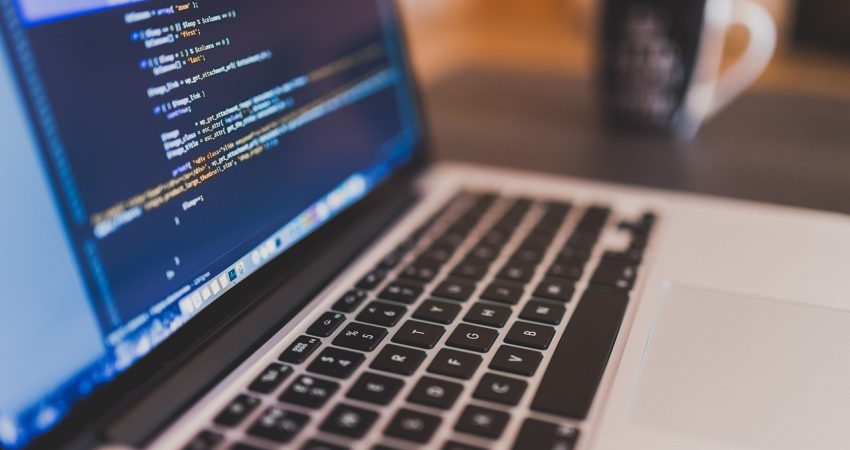
In today’s digital age, which sees the rise of technology in almost every aspect of doing business, we see that system outages and software failures have a large scale impact on companies and their customers. For years, it has been the responsibility of IT teams to manually watch for issues, diagnose what is amiss, and then put in the work to fix the problems. But we are seeing a change with the introduction of self-healing software, which is a very forward-thinking approach that will transform what we think of as reliable and performant systems.
Understanding Self-Healing Software
Self-healing software is a term used for computer programs or systems that can detect, report on, and resolve issues without human input. From the field of bio inspiration, which looks at what living things do best, we see how organisms repair themselves after an injury; from this, we have developed self-healing technology that enables applications and infrastructure to recover from failures, improve performance, and maintain operation without external support.
These present systems use a mix of artificial intelligence (AI) and machine learning (ML) as well as real-time analytics to identify anomalies, predict problems, and implement corrective actions. Self-healing functions may take place at many levels, which include infrastructure (servers, networks), applications (websites, APIs), and also in the software development life cycle.
How does it work?
At the base of self-healing software is automation, which is powered by intelligence. As it goes out in the field, we see it to do this:.
- Monitoring: Continuous monitoring of performance metrics, user interaction, and system health.
- Detection: Identifying out-of-the-ordinary behavior, slowdown, or system crashes.
- Diagnosis: Identifying the base cause with the help of historical data, patterns, and predictive models.
- Resolution: Automatically performing actions like service restarts, resource reassignment, patching up vulnerabilities, or going back to a stable state.
- Learning: Updating systems with the latest info to improve future responses.
Self-repair features may be included in applications themselves or as a part of a larger system, like cloud platforms and DevOps pipelines.
Why Self-Healing Software Matters?
In today’s fast-moving 24/7 world, downtime means large revenue loss, brand damage, and loss of customer trust. Also, manual interventions are slow, error-prone, and expensive. Self-healing software, which is a solution to these issues what which keeps the systems up and running with minimal disruption.
For companies, we see greater uptime, lower maintenance costs, faster recovery times, and better user experiences. Developers see themselves putting out fewer issues less which in turn allows for more innovation. Users enjoy more seamless, uninterrupted service, which in turn grows brand loyalty and trust.
As systems grow more expansive within cloud, edge, and hybrid settings that we see today the need for automatic issue management and correction is even more of a priority in terms of performance and security.
Challenges and the Future
While we see great value in self-healing software, we also see that its implementation is not without issues. In terms of building fully autonomous systems, we require complex design, large-scale data collection, and in-depth testing. Also, we see that which is the risk of overusing automation without human supervision is included, which in turn may cause the self-healing features to be used inappropriately.
Despite the issues at hand, we see a very positive future. As AI and machine learning technologies grow, we may expect the automated fixing process to improve in speed and adaptability. Also, large players in the field, such as Amazon, Microsoft, and Google, are at the forefront, in which they include self-healing tools in the service models of their clouds, setting an environmental standard for system security.


